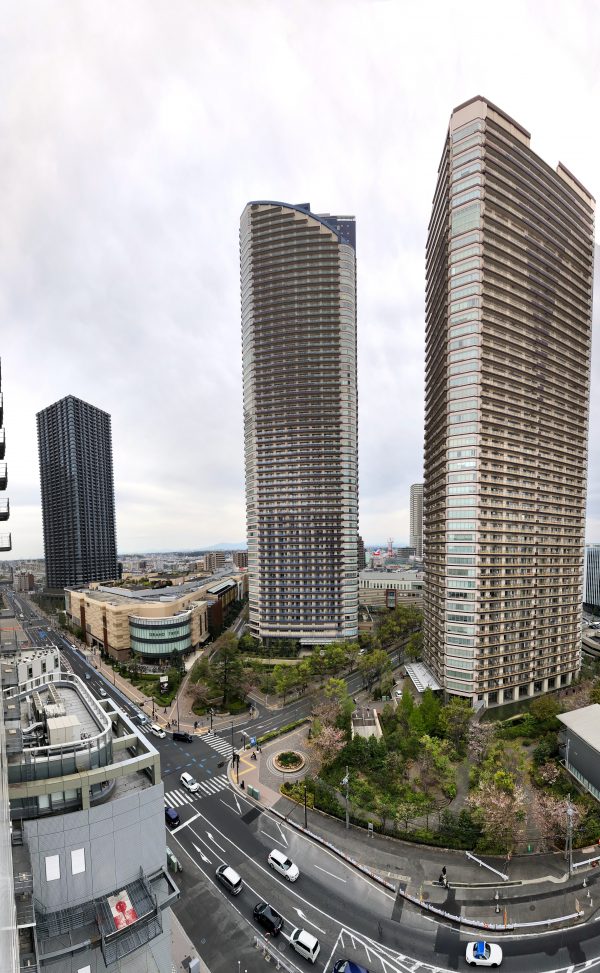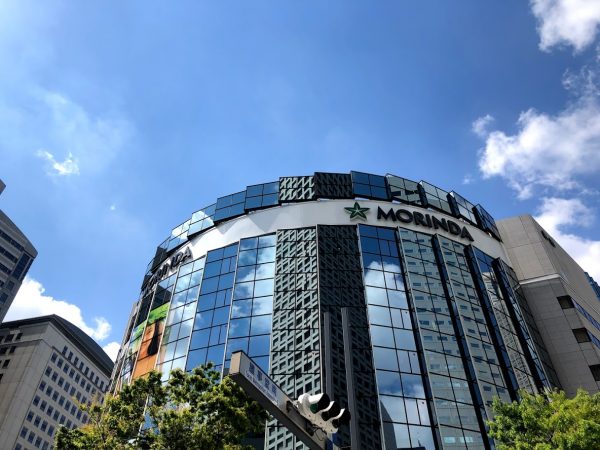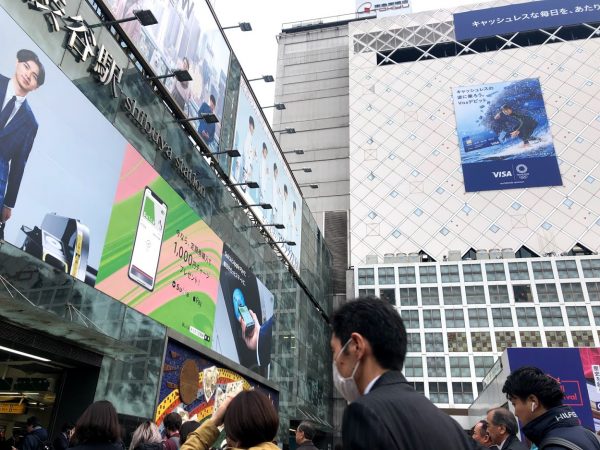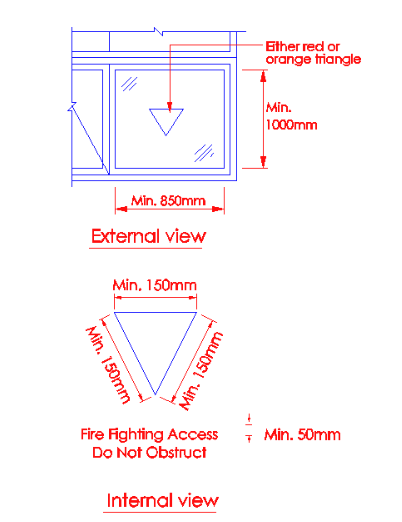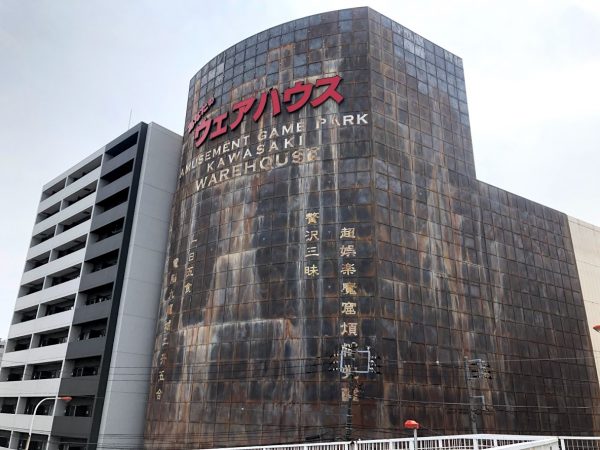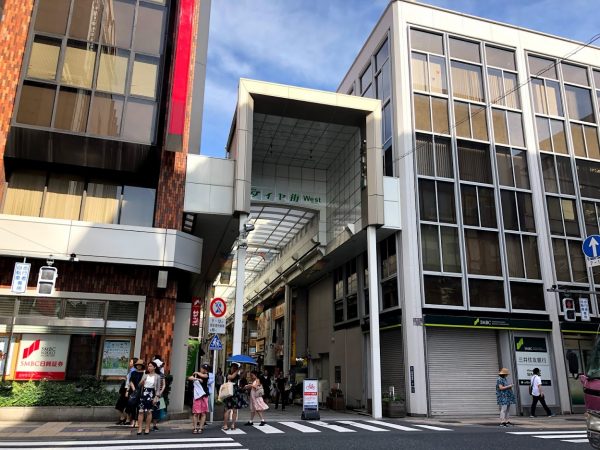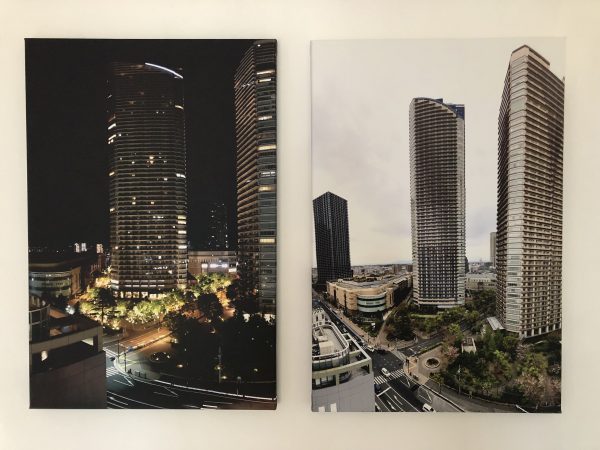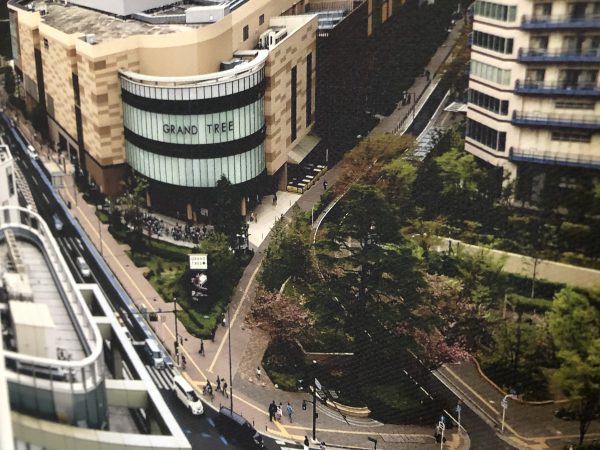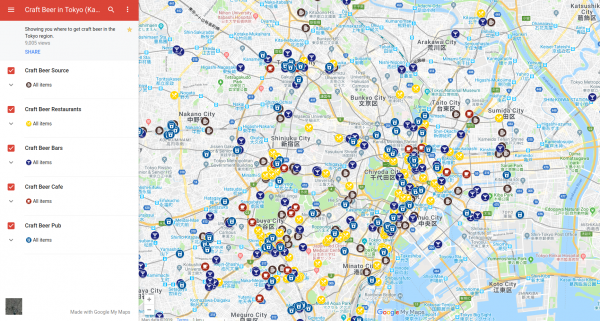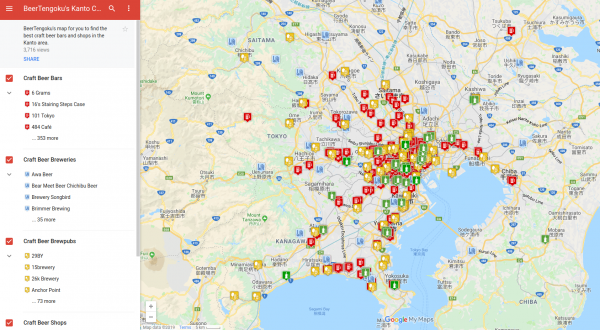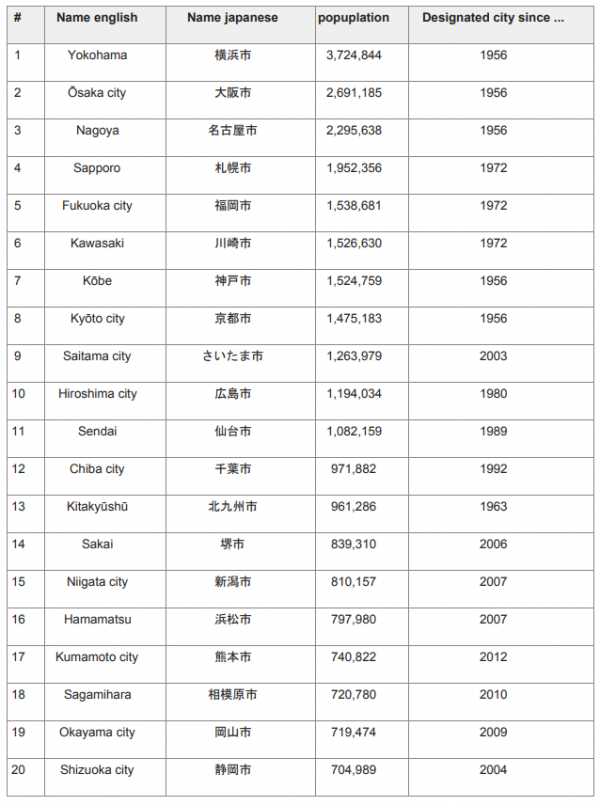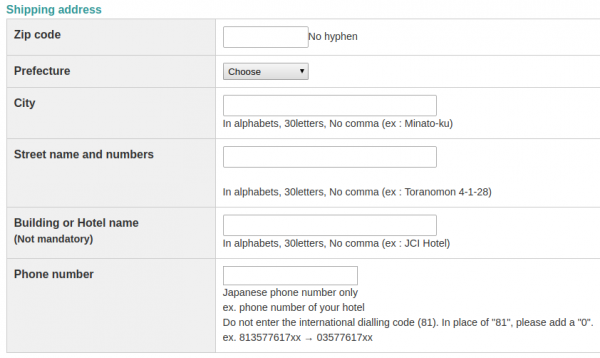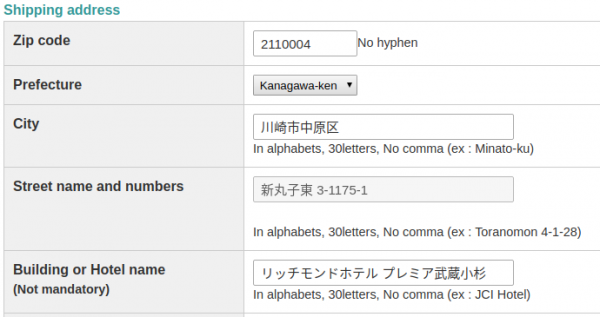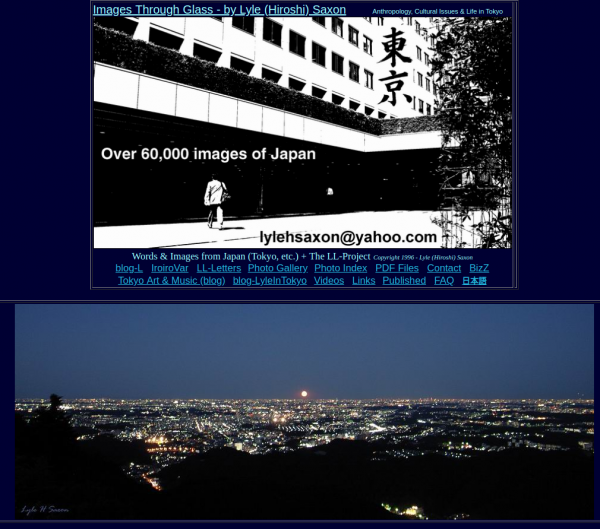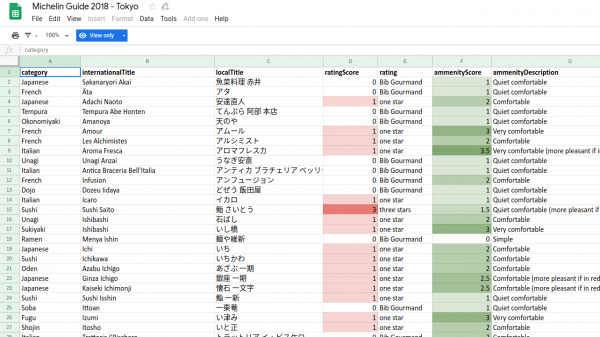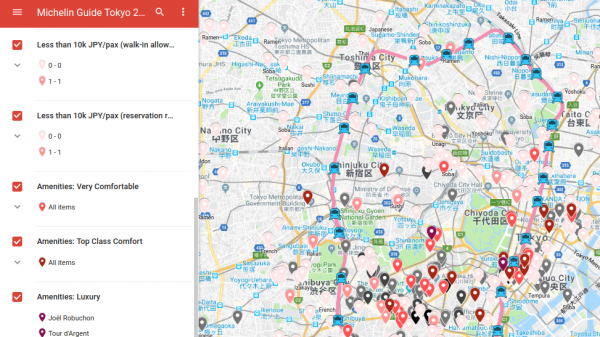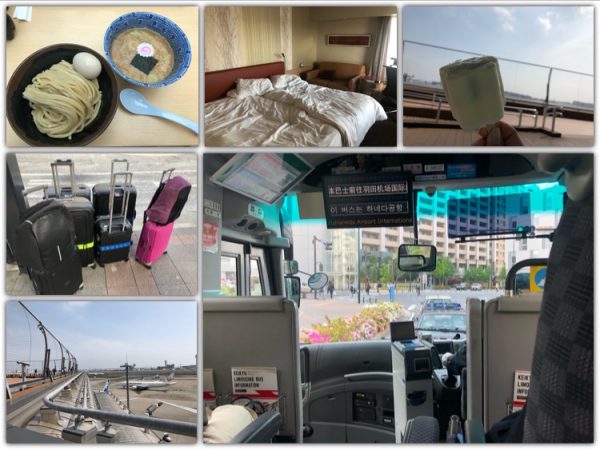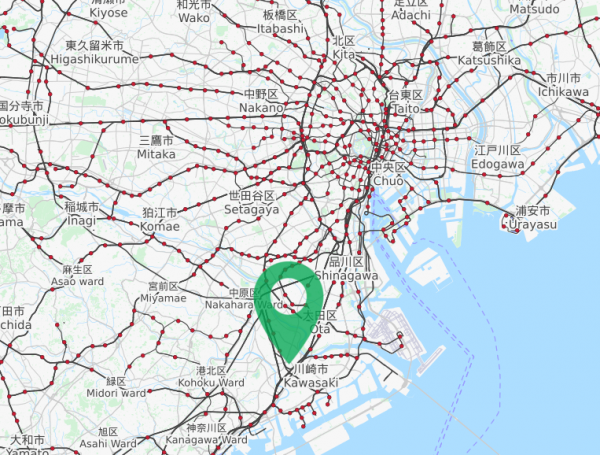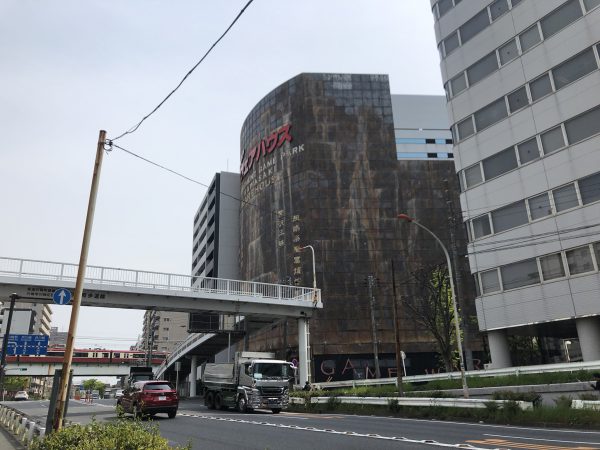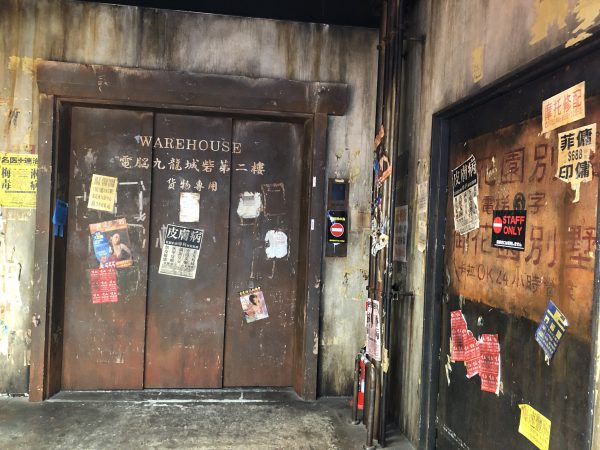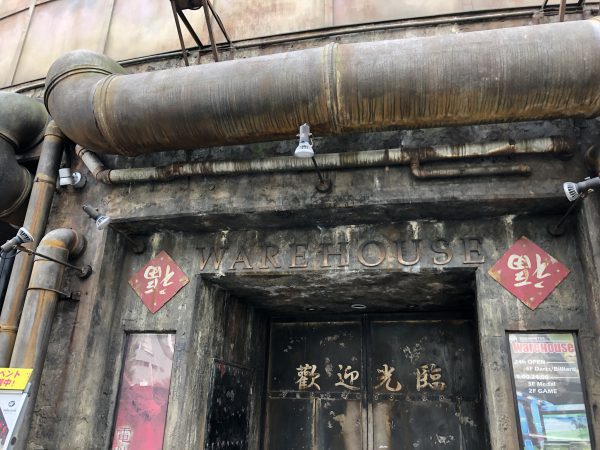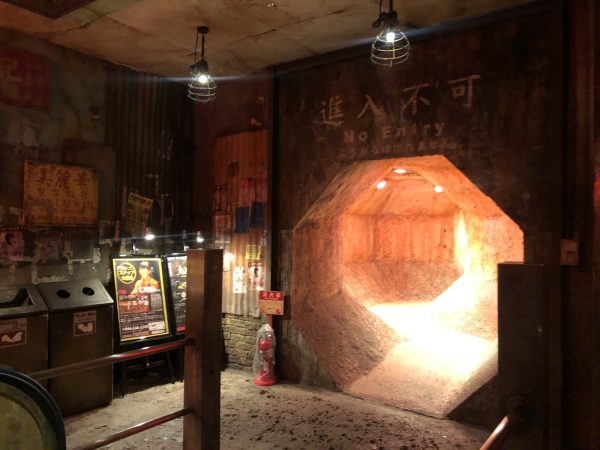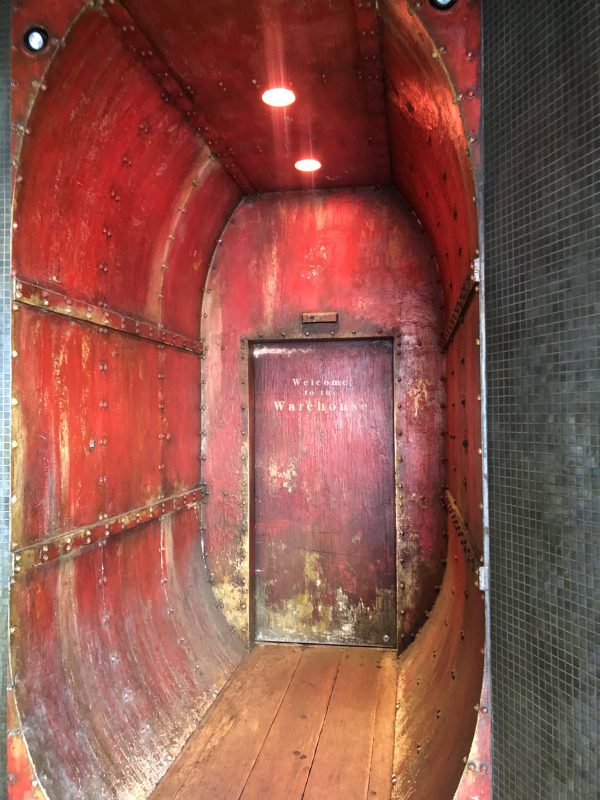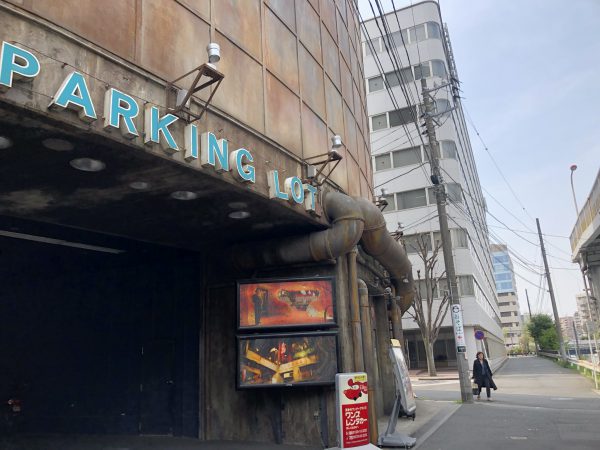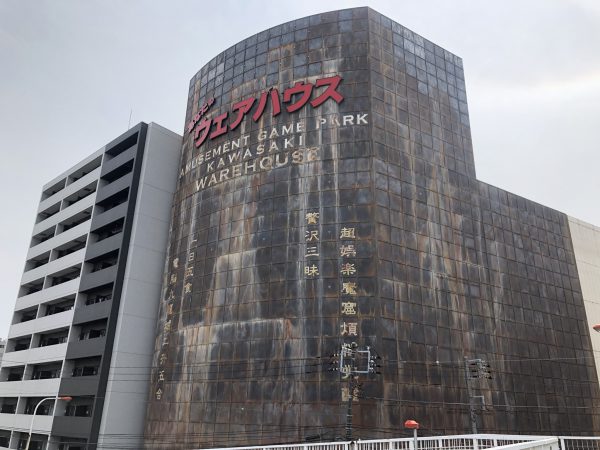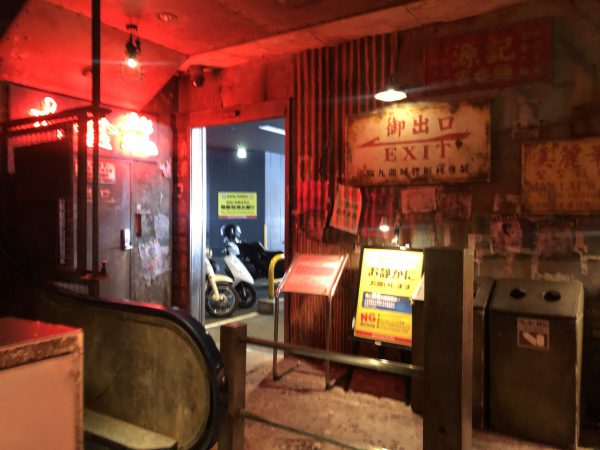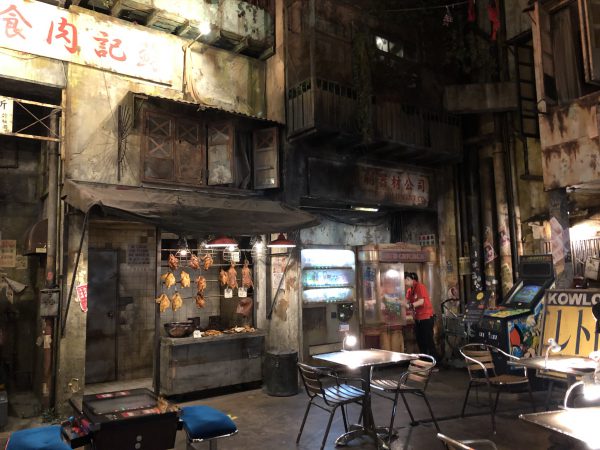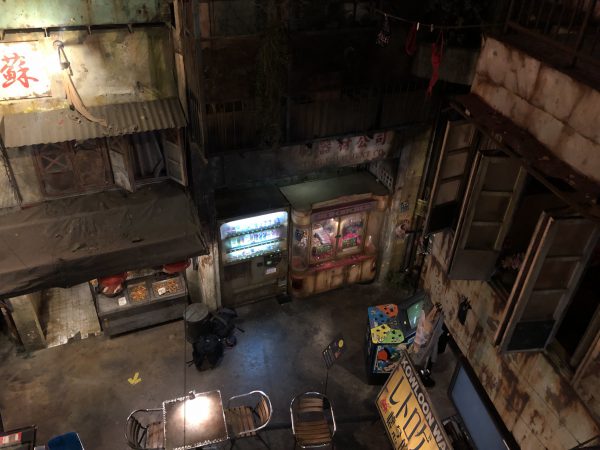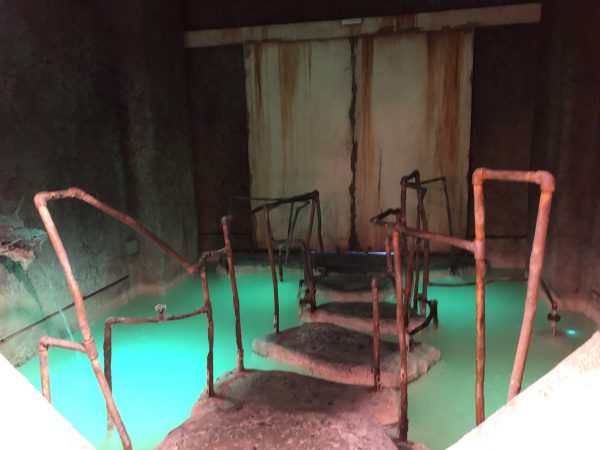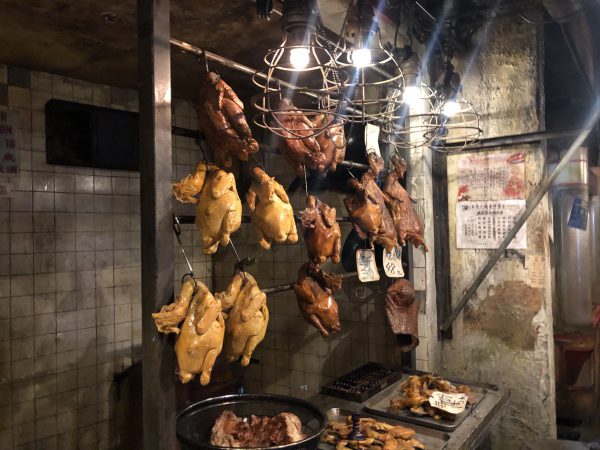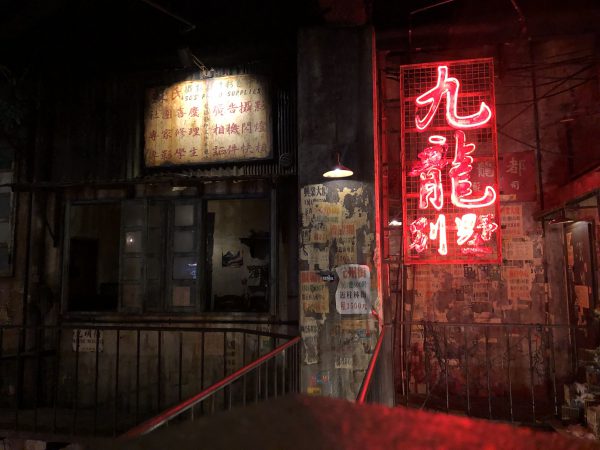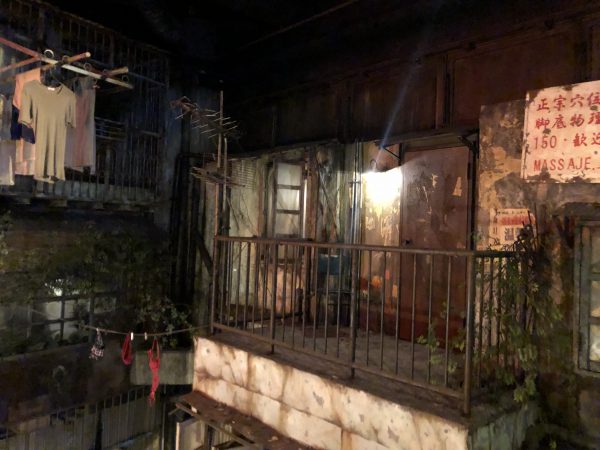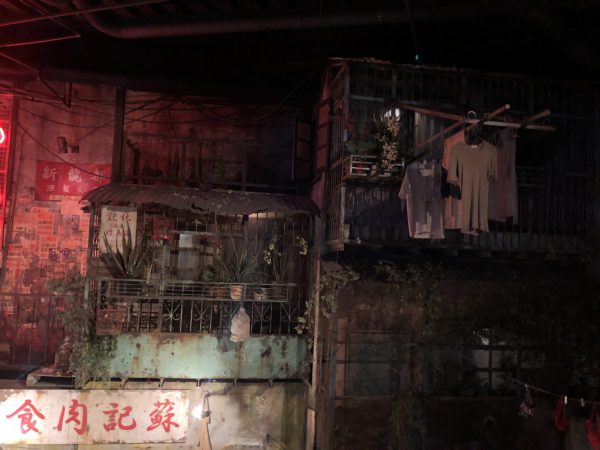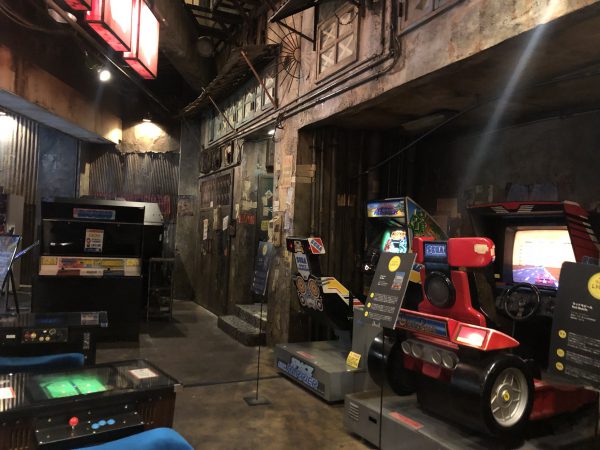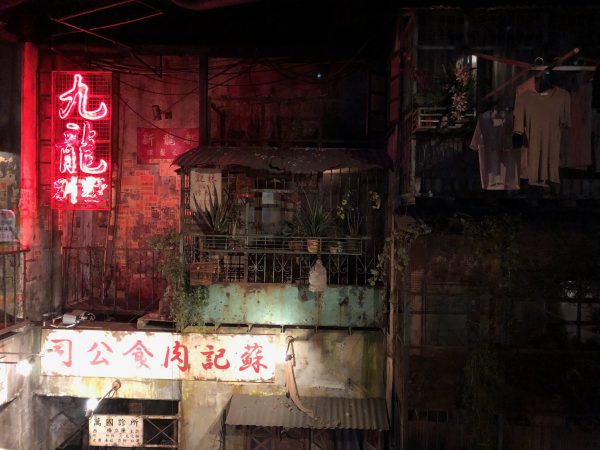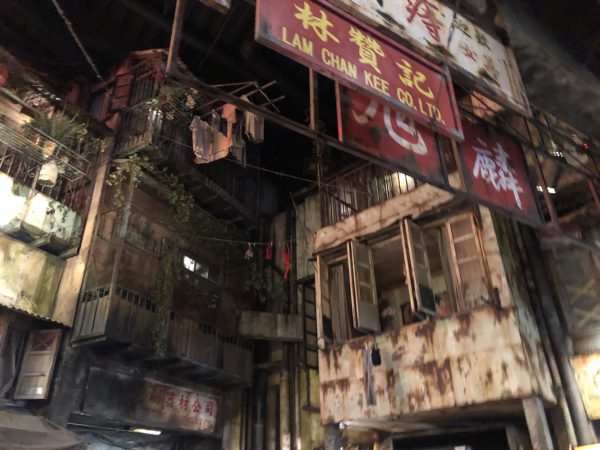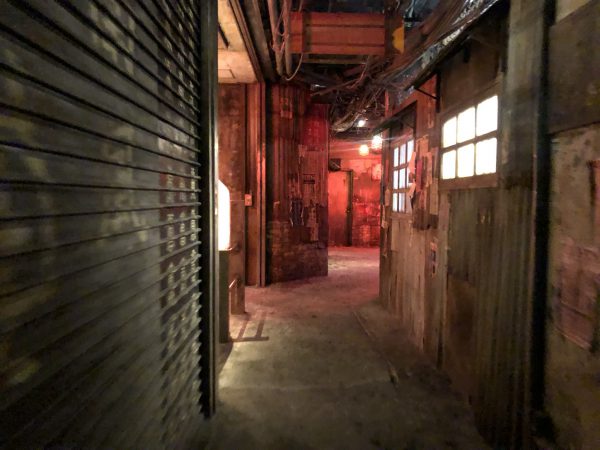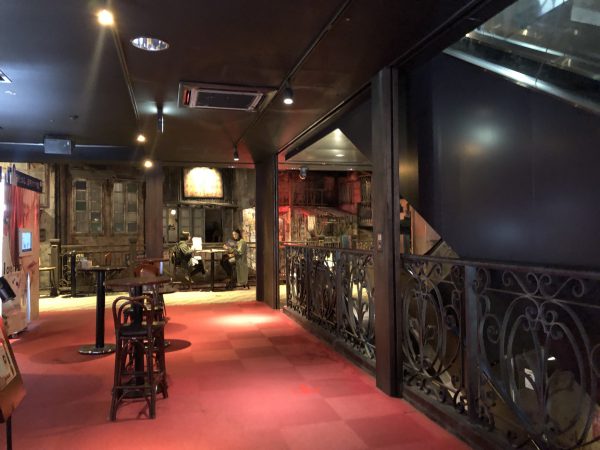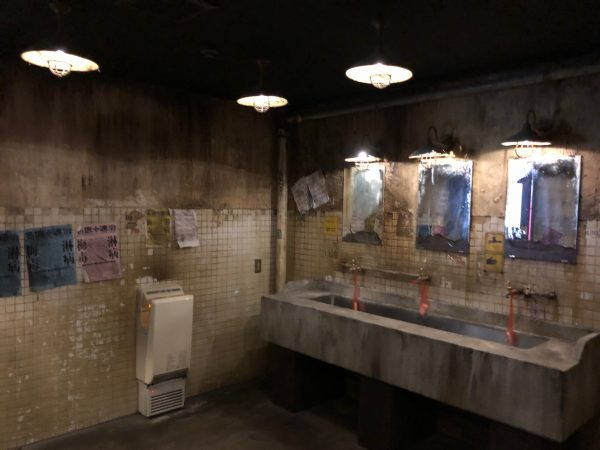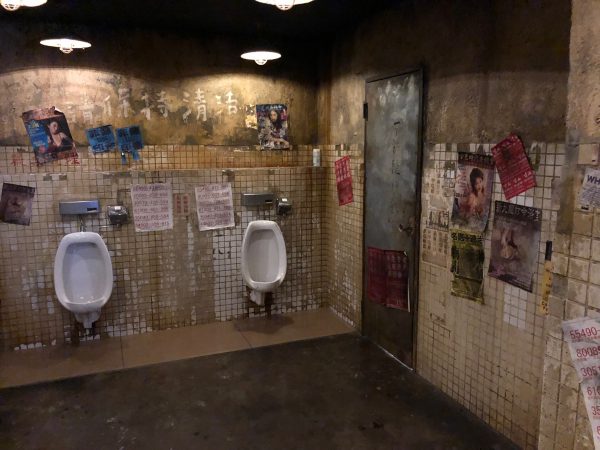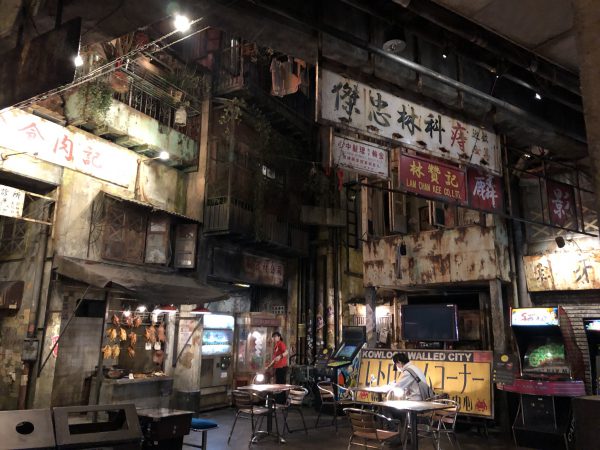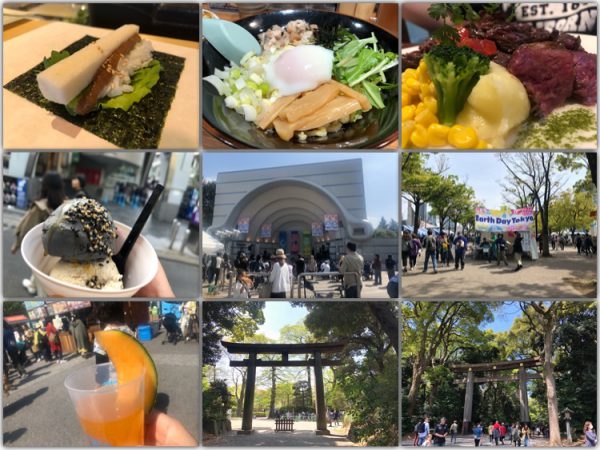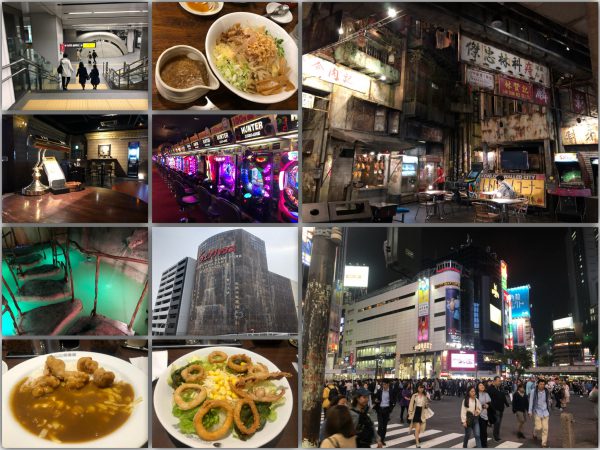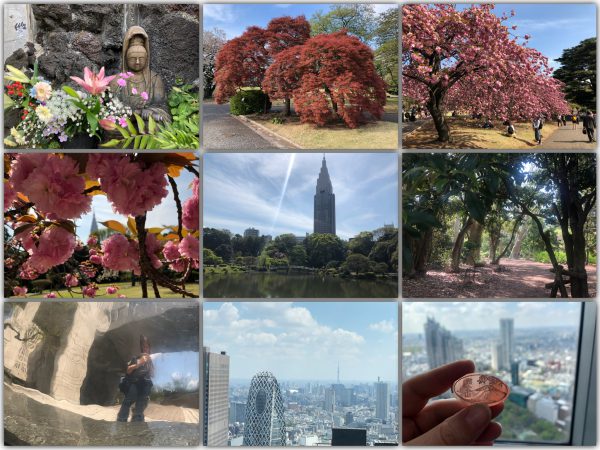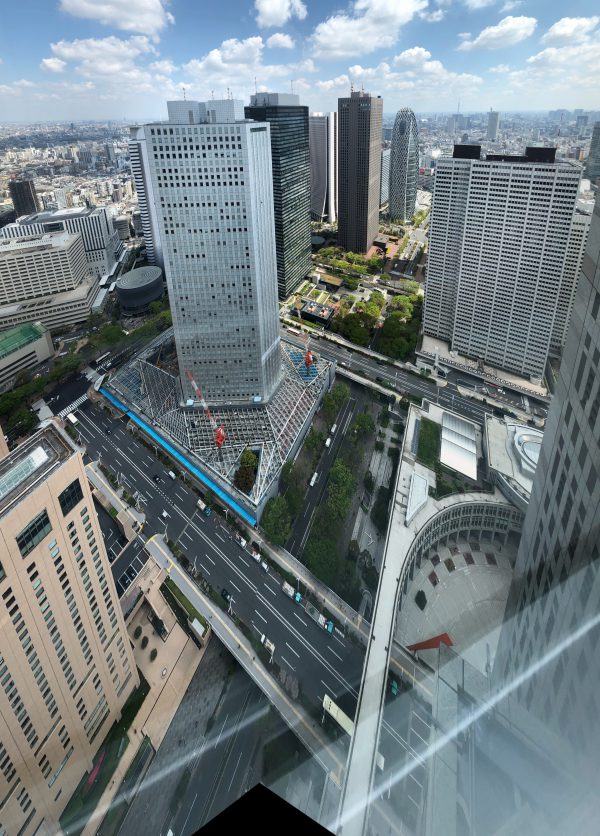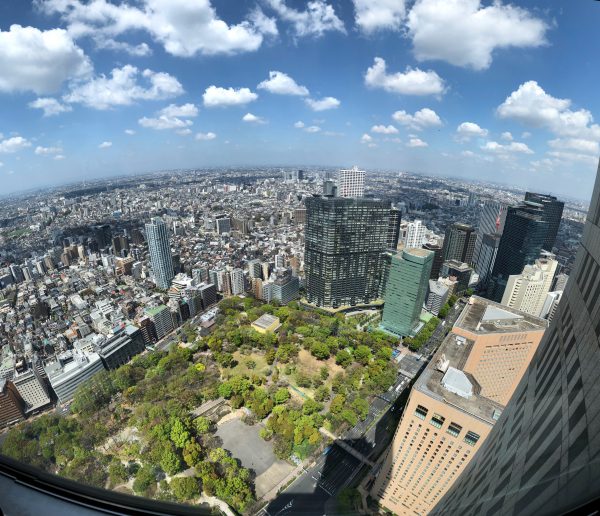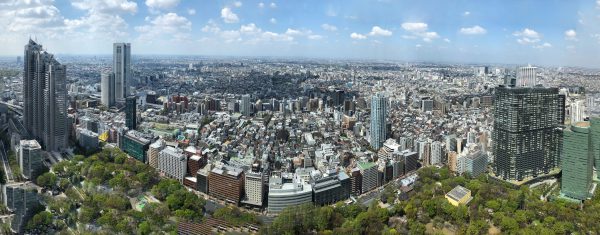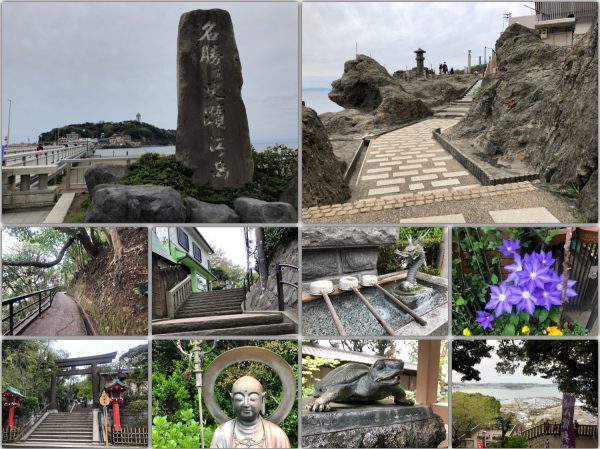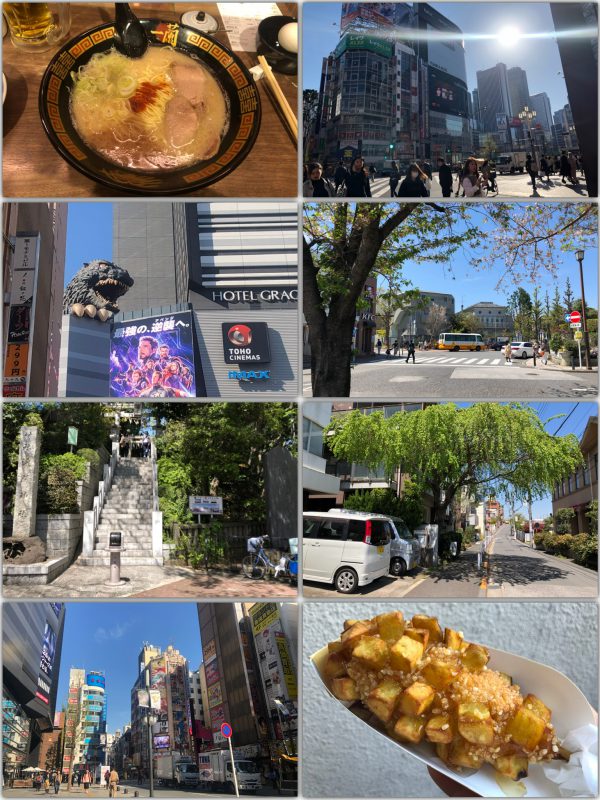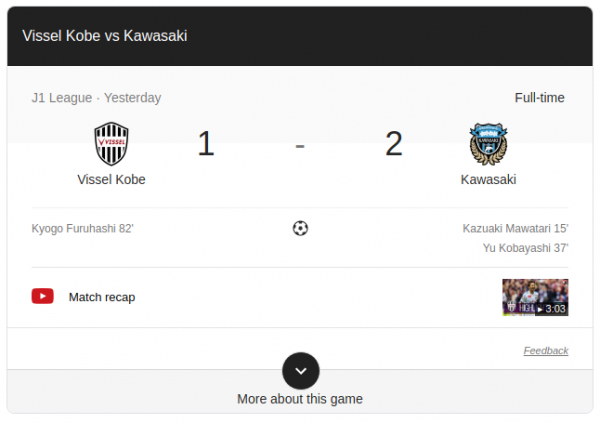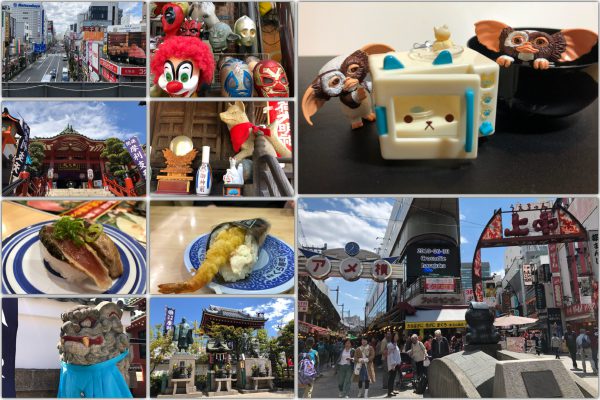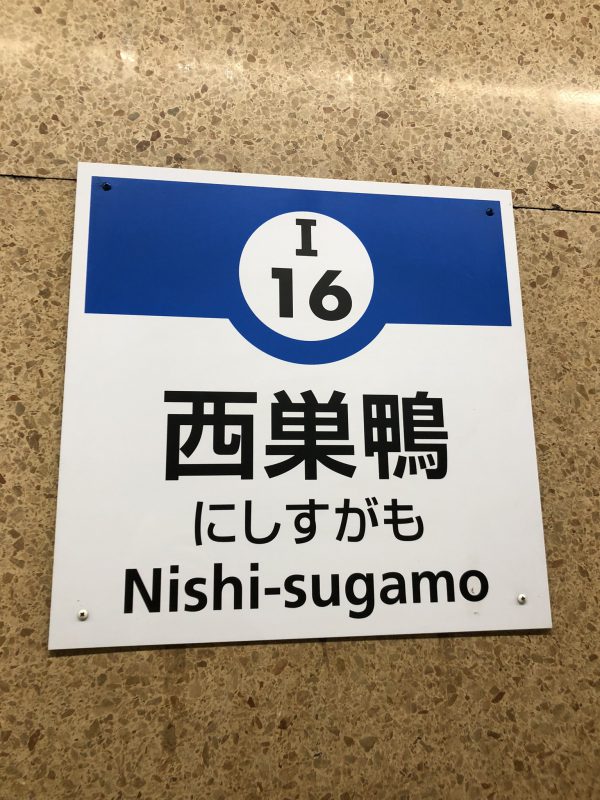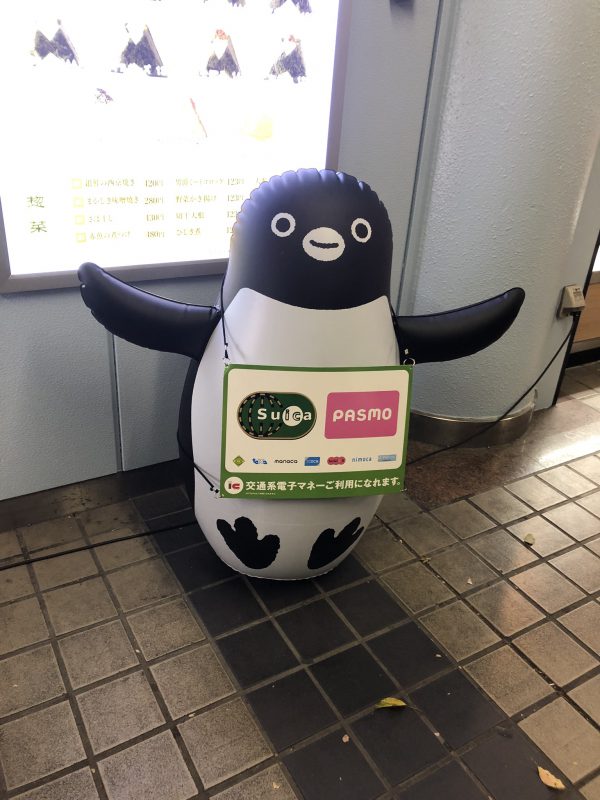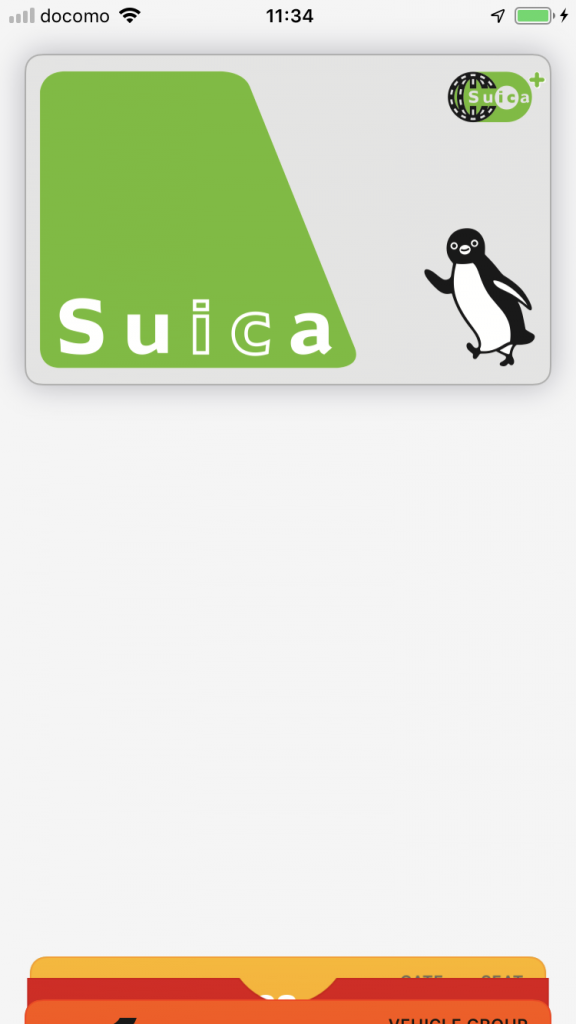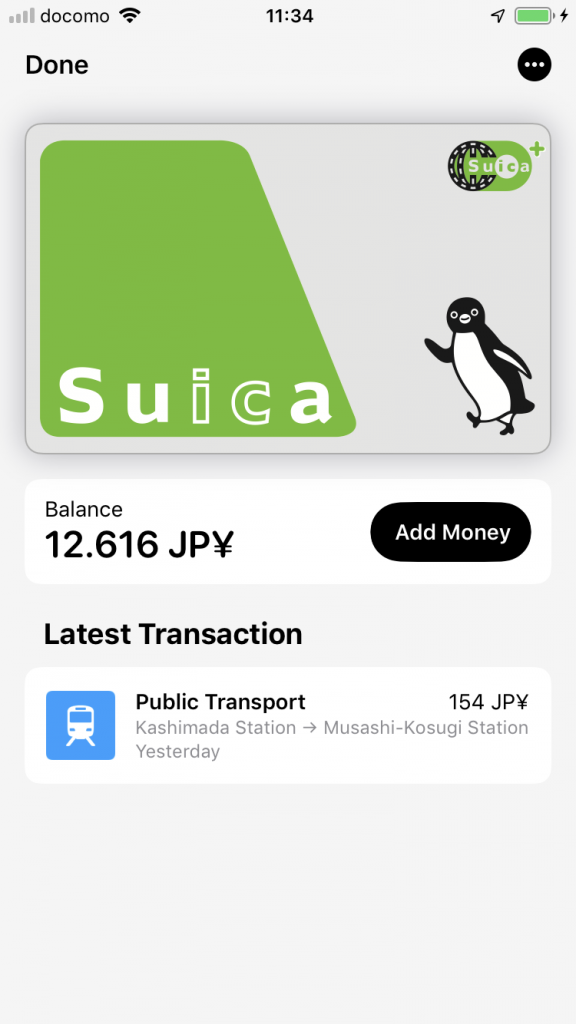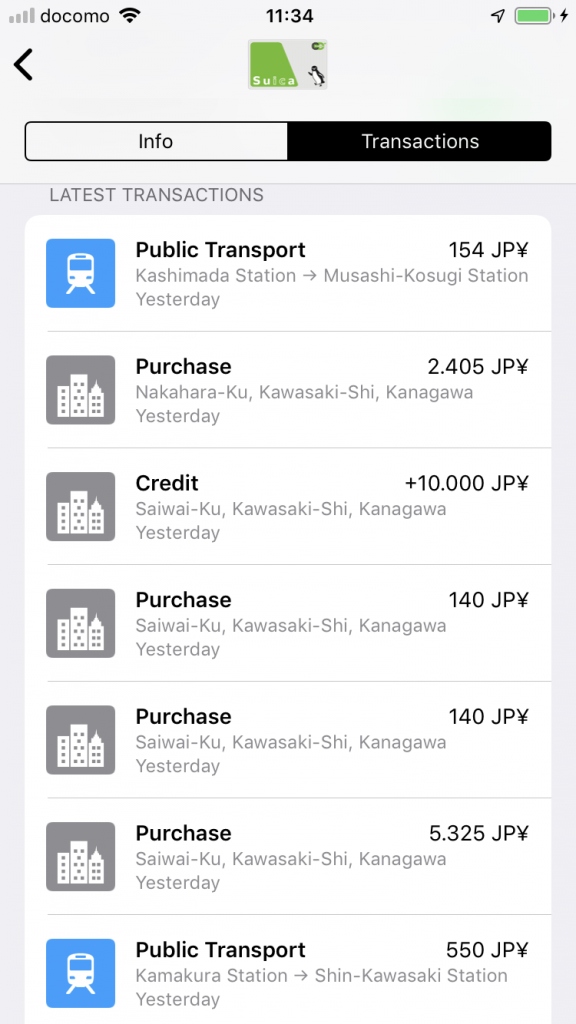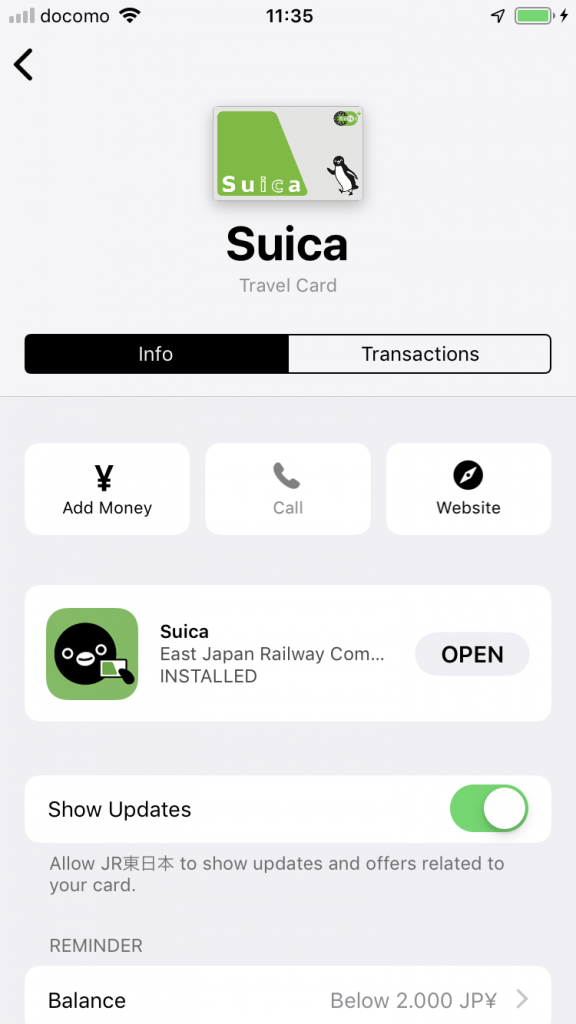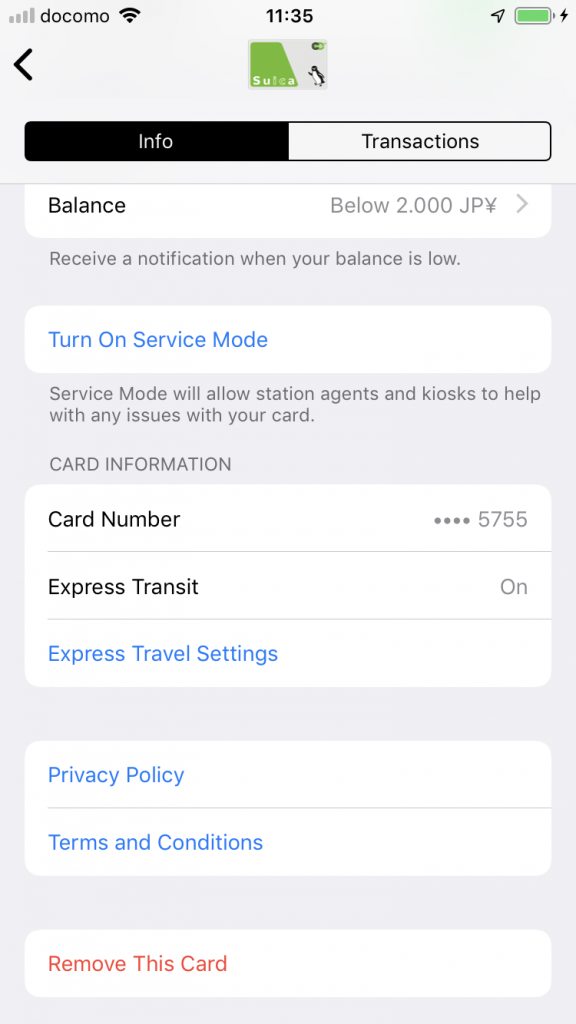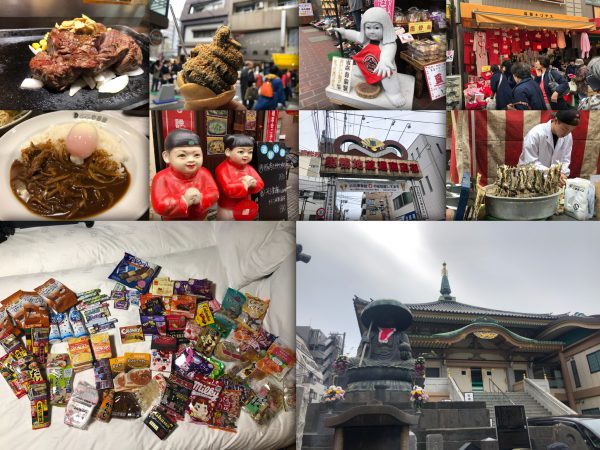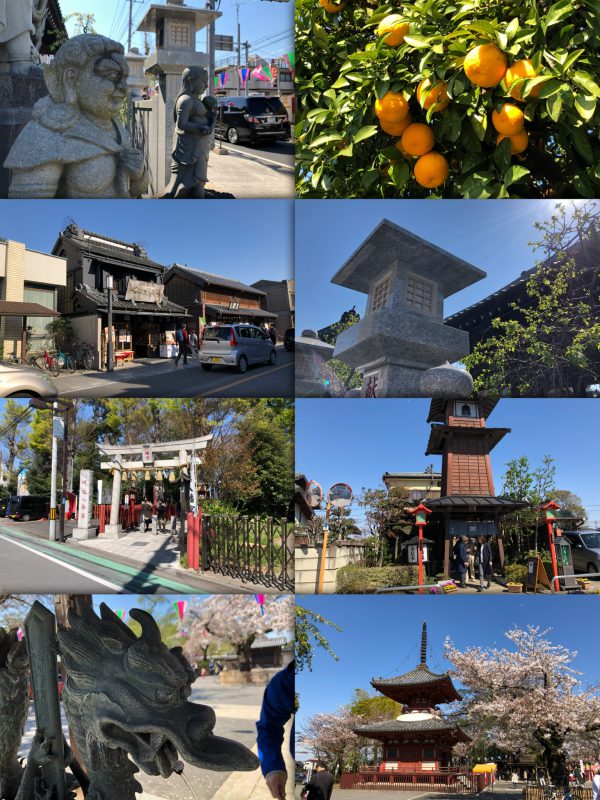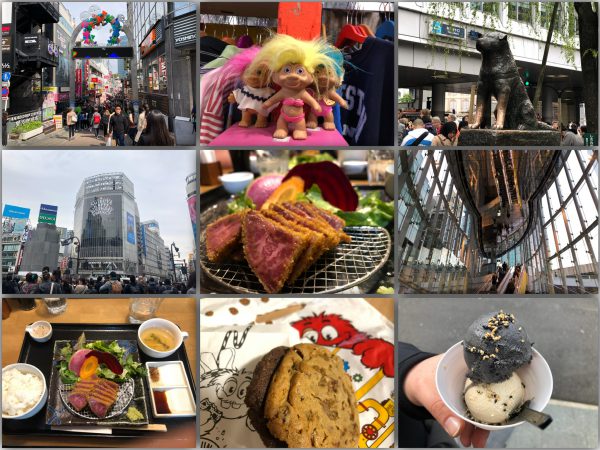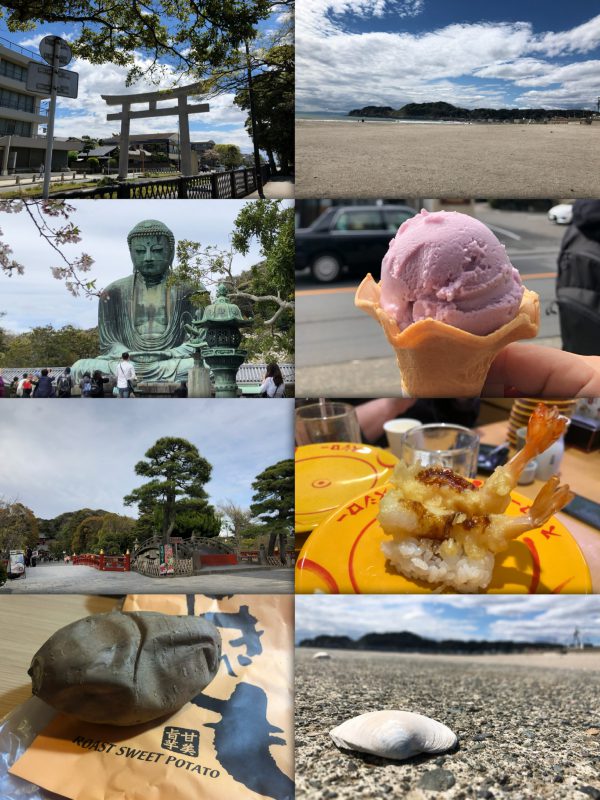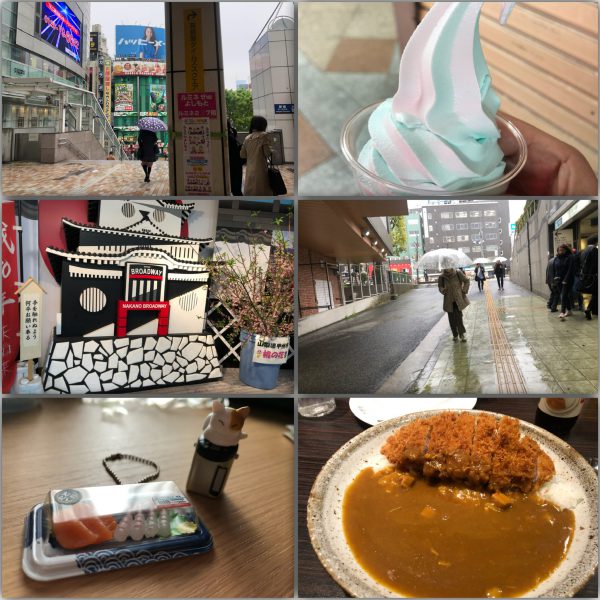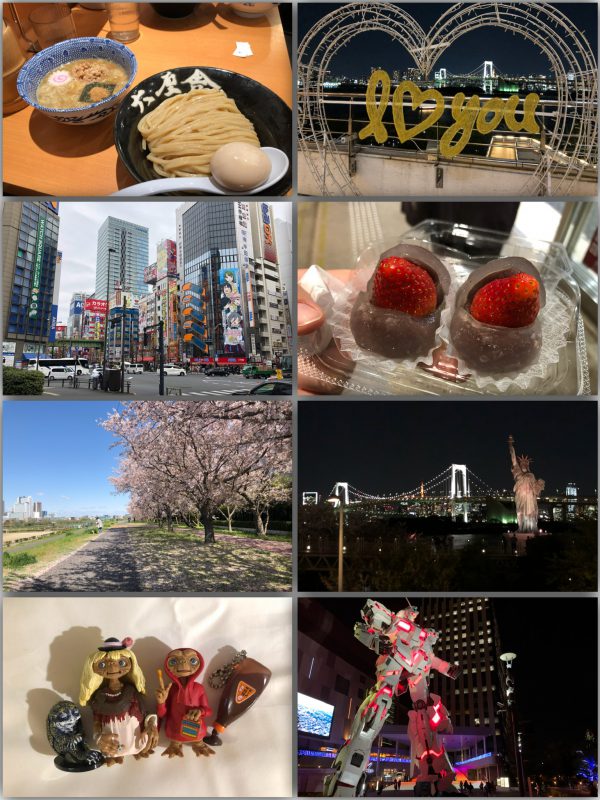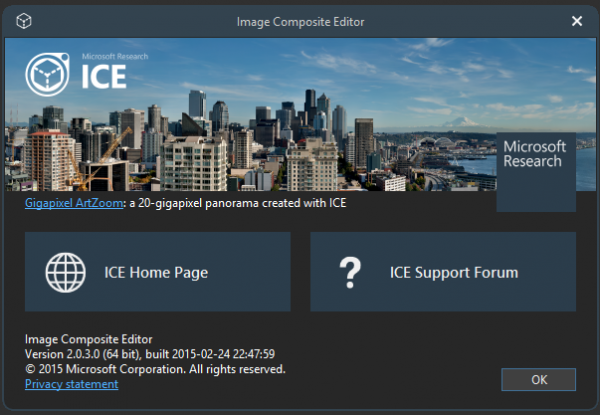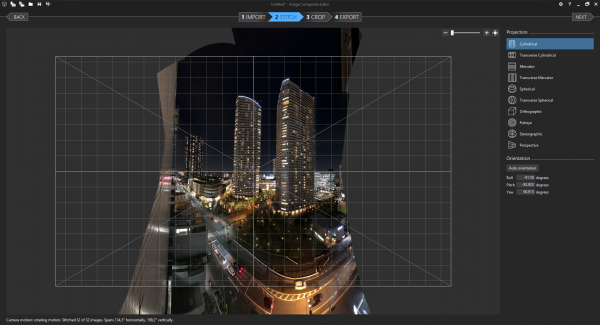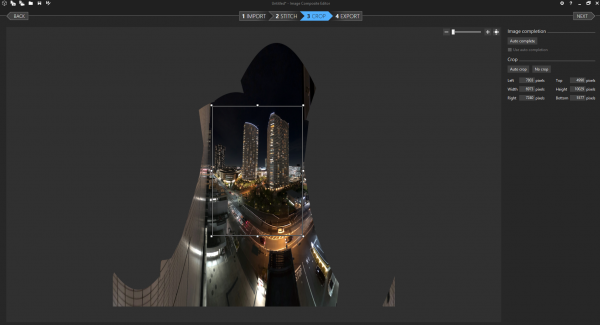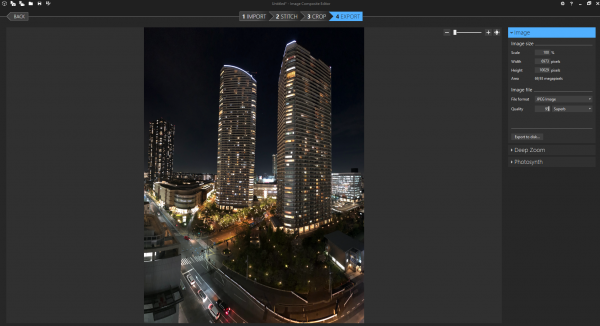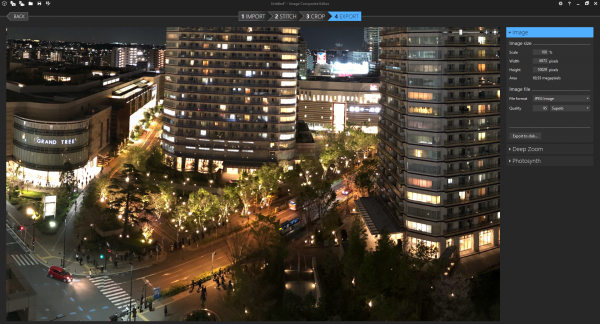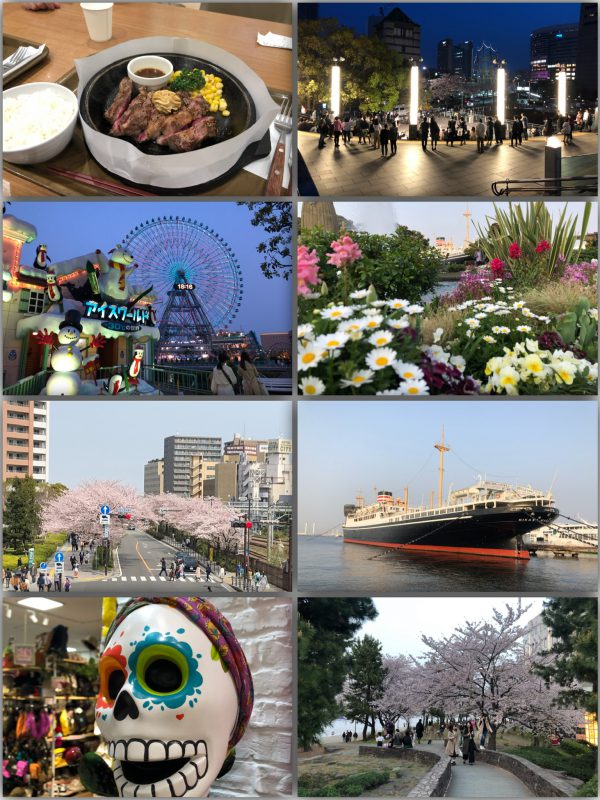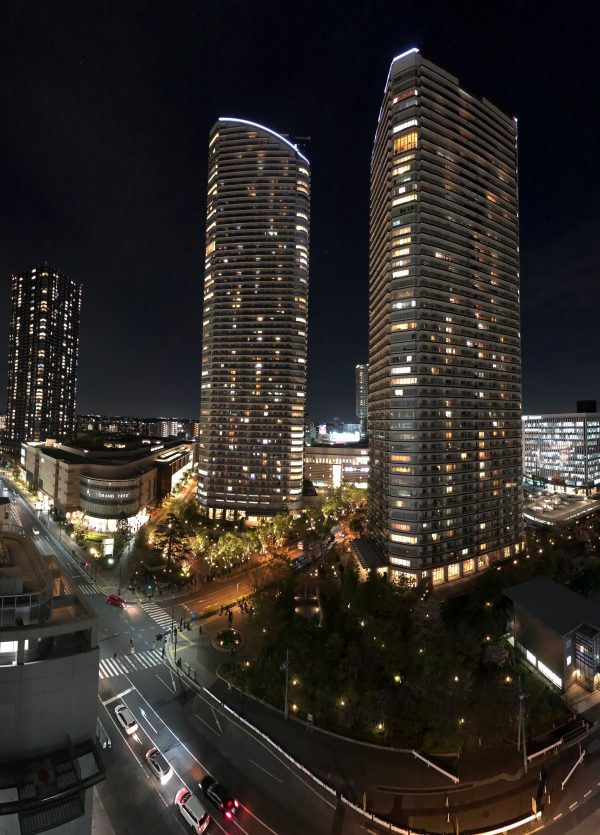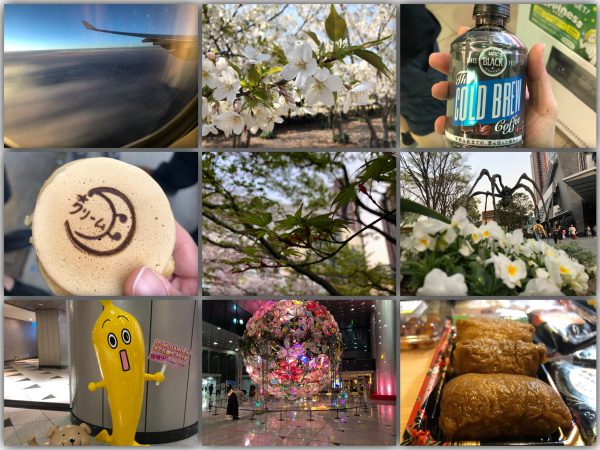train sounds in Japan
If you’ve ever been to Japan you must have noticed that everything and anything makes sounds and talks. Elevators, escalators, doors, train stations, gates, vending machines – you name it, it makes sounds and talks.
It’s so apparent but yet quite comforting that I enjoyed it. It became an additional channel of information without the need of point-and-call all the time. Highly effective for me.
Japan utilizes sounds to a degree that every detail seems to count. Take the station gates you rush through to get to your train platform. It’ll sound differently depending on how you pay, what status your ticket had and even how close your IC-cards balance is to being empty.
Or just the fact that the ticket gates make sounds at all to make you find them easily.
A good portion of this sounds you can find on places like YouTube or specialized websites. One of those specialized websites is hatsumelo.com:
For some routes and stations you find here:
- Station melody – departing and arrival melodies that are played on the occasion
- In-car chime – chimes played before and after information broadcasts mainly in the Shinkansen and limited express trains.
- Door opening and closing – doors make sounds too!
a red triangle on the window
When you walk around in Tokyo you will find that many buildings have red-triangle markings on some of the windows / panels on the outside.
I noticed them as well but I could not think of an explanation. Digging for information brought up this:
Panels to fire access openings shall be indicated with either a red or orange triangle of equal sides (minimum 150mm on each side), which can be upright or inverted, on the external side of the wall and with the wordings “Firefighting Access – Do Not Obstruct” of at least 25mm height on the internal side.
Singapore Firefighting Guide 2018
The red triangles on the buildings/hotel windows in Japan are the rescue paths to be used in case of fire. All fire fighters know the meaning of this red triangle on the windows. Red in color makes it prominent, to be located easily by the fire fighters in case of a fire incident. During a fire incident, windows are generally broken to allow for smoke and other gases to come out of the building.
Triangles in Japan
what do you do with a rental car?
“The only thing we can say is that data show a number of people rent cars without driving them.”
Growing number of car-sharing users don’t rent cars for driving
Wait. What?
“Usually the only place I can take a nap while visiting my clients is a cybercafe in front of the station, but renting a car to sleep in is just a few hundred yen (several dollars), almost the same as staying in the cybercafe.”
Growing number of car-sharing users don’t rent cars for driving
Right…
グランツリー武蔵小杉 and Park City Forest Towers on canvas
I’ve blogged about those pictures taken day- and night-time before. I’ve also blogged about how they where produced.
With a picture spot freed at one of the walls in our house we decided to print the day and night pictures on canvas and have them side-by-side. And it looks great, I think.
Craft Beer in Tokyo (Kanto)
There are lists of things all over the internet. I’ve linked to some of these food related lists and maps already on this blog.
And of course there’s this list of craft beer breweries missing:
A microbrewery or craft brewery is a brewery that produces small amounts of beer, typically much smaller than large-scale corporate breweries, and is independently owned. Such breweries are generally characterized by their emphasis on quality, flavor and brewing technique.
Wikipedia
when 川崎市 got the 区
Addresses in Japan are fascinating. There’s a system to it, with lots of exceptions and special cases. And just recently there was an announcement about the city I am technically considering home-base when in Japan: Kawasaki (川崎).
As you see in the title of this post there’s a kanji character missing:
川崎 means “Kawasaki” – just the name itself, like used on signs and such.
川崎市 means “Kawasaki-shi” – the name got extended by -shi which in itself will signal that the name before is a city.
And then there is this other kanji in the title: 区. It is spoken as “ku” and basically means “ward”. It’s a bigger city broken down into separate wards.
Not all cities in Japan are required to differentiate into wards – just the ones considered big enough. Kawasaki was considered big enough by 1972 to name out it’s wards.
And so its the Nakahara-ward (中原区) I am usually staying to be more specific on the Kawasaki-home-base-statement at the beginning of this post.
And the designated cities are somehow ranked according to their population. The news here is that apparently given the 2019 population numbers Kawasaki has improved it’s position among all big designated cities by one rank:
Some more details then to the japanese addressing system:
Japanese addresses begin with the largest division of the country, the prefecture. Most of these are called ken (県), but there are also three other special prefecture designations: to (都) for Tokyo, dō (道) for Hokkaidō and fu (府) for the two urban prefectures of Osaka and Kyoto.
Following the prefecture is the municipality. For a large municipality this is the city (shi, 市). Cities with a large enough population, called designated cities, can be further broken down into wards (ku, 区). (In the prefecture of Tokyo, the designation special ward or tokubetsu-ku, 特別区, is also used for municipalities within the former city of Tokyo.) For smaller municipalities, the address includes the district (gun, 郡) followed by the town (chō or machi, 町) or village(mura or son, 村). In Japan, a city is separate from districts, which contain towns and villages.
Japanese addressing system
So let’s make an example, since it’s always great fun for me to figure out the address again when I try to order the SIM card to the hotel address. A good example would be a randomly selected and nice hotel in Nakahara-ku:

The typical english-language online order form / address entry form for shipping SIM cards to hotels gives you this interface:
Ha! Now that’s a challenge, right? At first glance its not obvious but if you take a look at the structure of the address it opens up:
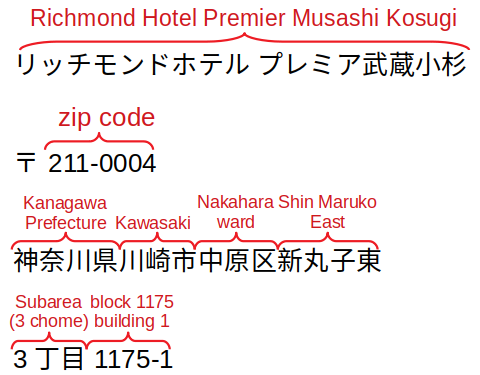
And so, this will reach it’s destination:
上野

“Around Tokyo” project
If you are interested in even some older video recordings, pictures and impressions about some areas of Tokyo this is a good time-sink for you.
Lyle Saxon has several old-fashioned looking websites (wonderful) with lots and lots of browsing content as well as a YouTube channel with recordings from earlier times:
Tokyo resident since 1984. Video material from 1990-93, as well as newer material from 2008 onwards.
The “Around Tokyo” project was and is to document life in Tokyo and the surrounding areas, as well as some material from other areas of Japan.
YouTube Channel
Michelin Guide Restaurants in Tokyo
You are likely aware of the existence of the “Michelin Guide“.
Michelin Guides are a series of guide books published by the French tyre company Michelin for more than a century. The term normally refers to the annually published Michelin Red Guide, the oldest European hotel and restaurant reference guide, which awards up to three Michelin stars for excellence to a select few establishments.
Wikipedia
You might also be aware that Tokyo is the city with the highest density of Michelin star rated restaurants. Nice, eh?
A purchase of this guide is recommended in any case but these days people also need something they can intuitively use and which integrates into already existing workflows.
These people, like myself, need a map and maybe more details in a machine readable, filterable spreadsheet.
And as time goes on it might be quite useful to have all the sources that lead to these great tables and maps. Sources that allow you to crawl and grab these information.
A script that crawls Tokyo-based michelin guide establishments and saves it into a JSON file. I personally did this project so I can plan my tokyo trip based on the cheapest and most-renowned restaurants,
Michelin Guide Crawler on GitHub
Japan family trip April 2019 (part 15)
“Kowloon Walled City” themed arcade in Kawasaki (あなたのウエアハウス)
While we were visiting Japan we usually stay quite close to Kawasaki. And with some hints we found that a replication of “Kowloon Walled City” had been put up as a video game arcade there.
Kowloon Walled City was a largely ungoverned, densely populated settlement in Kowloon City, Hong Kong. Originally a Chinese military fort, the Walled City became an enclave after the New Territories was leased to Britain by China in 1898. Its population increased dramatically following the Japanese occupation of Hong Kong during World War II. By 1990, the walled city contained 50,000 residents within its 2.6-hectare (6.4-acre) borders.
Wikipedia: Kowloon Walled City
A partial recreation of the Kowloon Walled City exists in the Anata No Warehouse, an amusement arcade that opened in 2009 in the Japanese suburb of Kawasaki, Kanagawa. The designer’s desire to accurately replicate the atmosphere of the Walled City is reflected in the arcade’s narrow corridors, electrical wires, pipes, postboxes, sign boards, neon lights, frayed posters, and various other small touches that
Wikipedia: Anata No Warehouse
I did not know a lot about the Kowloon Walled City before we found this arcade. And it’s – as you can imagine – a very colorful reproduction of the ambiance that you – according to documentations and reports from the time – would have experienced. Especially in the entrance area, the theming of the rooms and some game cabinets as well as for example the rest-rooms.
Of course there is a full blown quite nice but – as it is good custom – extremely noisy arcade in there as well. We’ve easily ‘lost’ 3 hours in there. Be aware that smoking is allowed in these places in Japan.
The first floor contained the UFO catcher machines and a good portion of vintage and modern arcade cabinets. I’ve had a go and Gradius and greatly enjoyed it. There’s a battery of Mech-Pods as well as racing and rythm games.
The second floor had lots of pachinko and other medal and slot machines. Even more noise than any arcade cabinets could do.
The third floor finally contains Dart and Snooker / Billard tables.
All in all it was one of the nicer arcades. Much nicer than others because there was a lot more room. It did not feel half als claustrophobic as an arcade usually feels in Japan.
Japan family trip April 2019 (part 14)
Japan family trip April 2019 (part 13)
Japan family trip April 2019 (part 12)
Japan family trip April 2019 (part 11)
Japan family trip April 2019 (part 10)
Kawasaki Frontale vs. Vissel Kobe
First: I am not at all interested or knowledgeable in football / soccer. But…
Several times a year I am for multiple weeks in the area of Musashikosugi ((武蔵小杉) which is part of the greater Tokyo area in Japan.
And because of these stays – I’ve probably been there for the accumulated time of 1 year – I’ve got attached to this area / community over time.
This includes all those things the community shares on various places on the internet so to a small degree I can stay informed.
For example: There is a fantastic blog (as for many other communities in Tokyo) that specifically shares community related information about Musashikosugi.
To understand the context you need to know that I’ve worked for Rakuten. The number one eCommerce company in Japan. This surely kick-started my interest in Japan overall.
I know from my time at Rakuten that the company engaged in a couple of sport sponsorships. One of them was the J1 League football club “Vissel Kobe“.
Kawasaki, the area of which Musashikosugi is part of, also has such a football team called “Kawasaki Frontale“.
Through said blog it came to my attention that there was a game between those two football teams and…
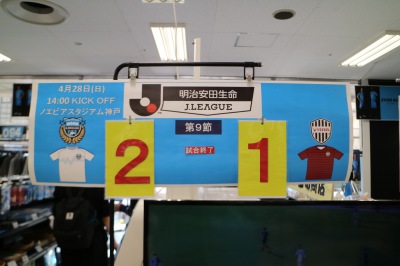
Kawasaki won the game!
So despite me not being particularly interested in sports this news was quite exciting to see. It almost feels like some local patriotism feelings come up. And with the direct connection to my past employment it get’s even more exciting.
Go Kawasaki, go!
Japan family trip April 2019 (part 9)
I love the small train stations in 東京…
Super Urban Intelligent CArd

Suica (スイカ Suika) is a rechargeable contactless smart card, electronic money used as a fare card on train lines in Japan, launched on November 18, 2001. The card can be used interchangeably with JR West’s ICOCA in the Kansai region and San’yō region in Okayama, Hiroshima, and Yamaguchi Prefectures, and also with JR Central’s TOICA starting from spring of 2008, JR Kyushu’s SUGOCA, Nishitetsu’s Nimoca, and Fukuoka City Subway’s Hayakaken area in Fukuoka City and its suburb areas, starting from spring of 2010. The card is also increasingly being accepted as a form of electronic money for purchases at stores and kiosks, especially within train stations. As of October 2009, 30.01 million Suica are in circulation.
https://en.wikipedia.org/wiki/Suica
This time around we really made use of electronic payment and got around using cash whenever possible.
There where only a few occasions when we needed the physical credit card. Of course on a number of tourist spots further away from Tokyo centre cash was still king.
From my first trip to Japan to today a lot has changed and electronic payment was adopted very quickly. Compared to Germany: Lightning fast adoption in Japan!
The single best thing that has happened recently in this regard was that Apple Pay got available in Germany earlier this year. With the iPhone and Watch supporting SUICA already (you can get a card on the phone/watch) the availability of Apple Pay bridged the gap to add money to the SUICA card on the go. As a visitor to Japan you would mostly top up the SUICA card in convenience stores and train stations and mostly by cash. With the Apple Pay method you simply transfer money in the app from your credit card to the SUICA in an instant.
This whole electronic money concept is working end-2-end in Japan. Almost every shop takes it. You wipe your SUICA and be done. And not only for small amounts. Everything up to 20.000 JPY will work (about 150 Euro).
And when you run through a train station gate to pay for your trip it you hold your phone/watch up to the gate while walking past and this is it in realtime screen recorded:
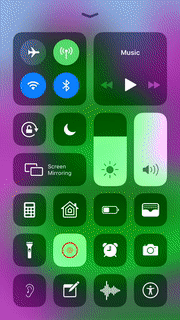
I wish Germany would adopt this faster.
Oh, important fact: This whole SUICA thing is 100% anonymous. You get a card without giving out any information. You can top it up with cash without any link to you.
Japan family trip April 2019 (part 8)
Japan family trip April 2019 (part 7)
undefined parameters
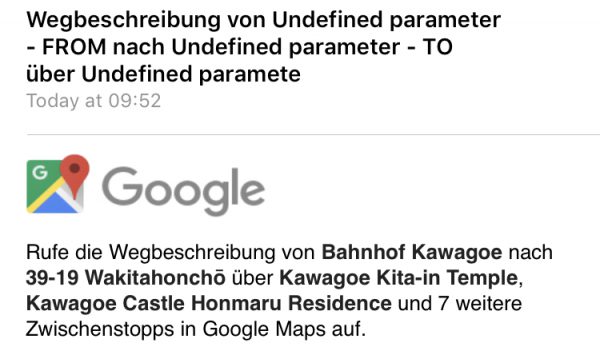
Japan family trip April 2019 (part 6)
Japan family trip April 2019 (part 5)
Japan family trip April 2019 (part 4)
gone fishing and back
Probably this blog had been a bit more silent than usual in the past days. This is because we had been away and out of the country.
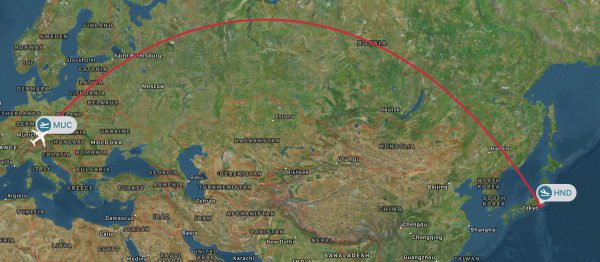
Japan family trip April 2019 (part 3)
Panoramic Images free (-hand)
I really like taking panoramic images whenever I can. They convey a much better impression of the situation I’ve experienced then a single image. At least for me. And because of the way they are made – stitched together from multiple images – they are most of the time very big. A lot of pixels to zoom into.
The process to take such a panoramic image is very straight forward:
- Take overlapping pictures of the scenery in multiple layers if possible. If necessary freehand.
- Make sure the pictures overlap enough but there’s not a lof of questionable movement in them (like a the same person appearing in multiple pictures…)
- Copy them to a PC.
- Run the free Microsoft Image Composite Editor.
- Pre-/Post process for color.
The tools used are all free. So my recommendation is the Microsoft Image Composite Editor. Which in itself was a Microsoft Research project.
Image Composite Editor (ICE) is an advanced panoramic image stitcher created by the Microsoft Research Computational Photography Group. Given a set of overlapping photographs of a scene shot from a single camera location, the app creates high-resolution panoramas that seamlessly combine original images. ICE can also create panoramas from a panning video, including stop-motion action overlaid on the background. Finished panoramas can be saved in a wide variety of image formats,
Image Composite Editor
Here’s how the stitching process of the Musashi-kosugi Park City towers night image looked like:
